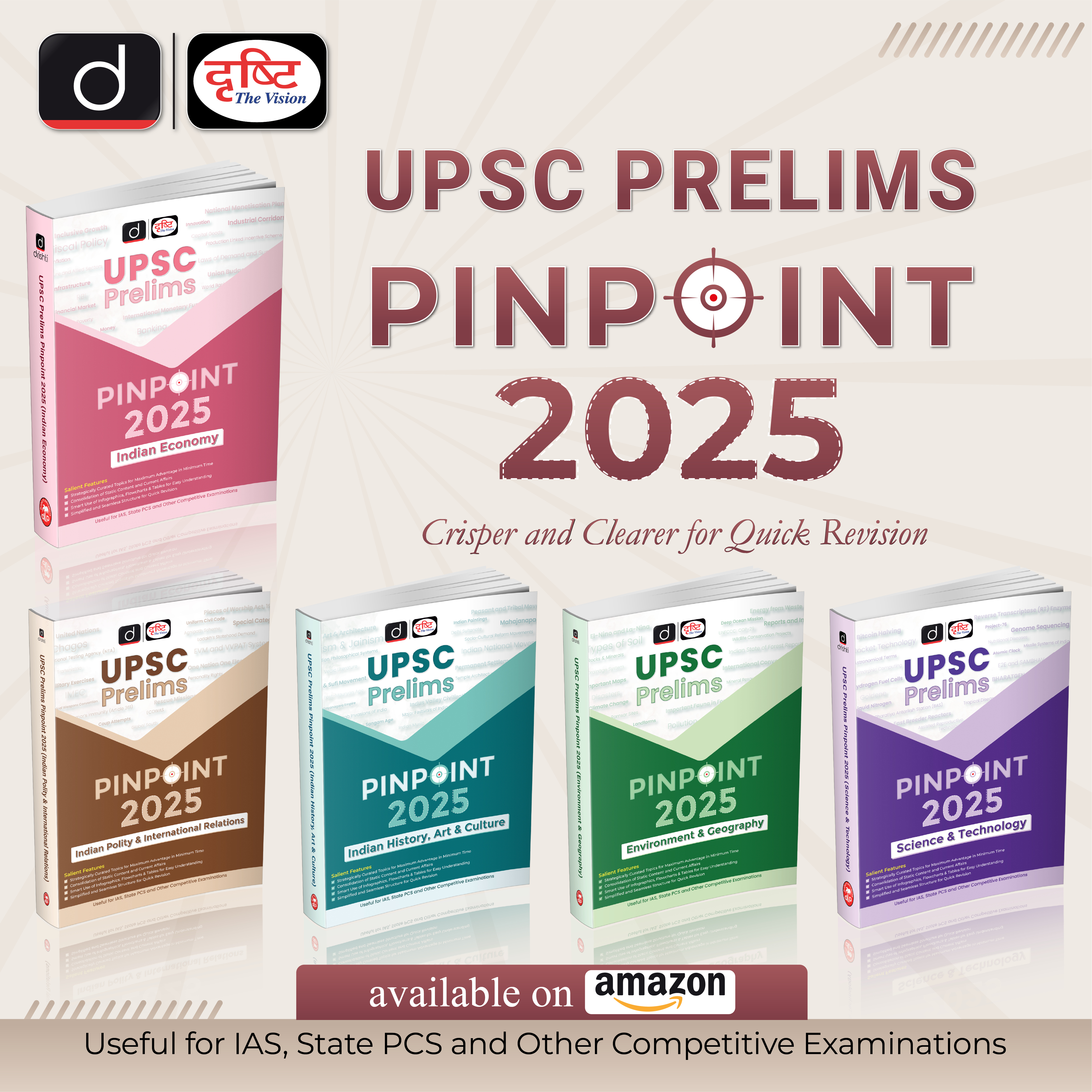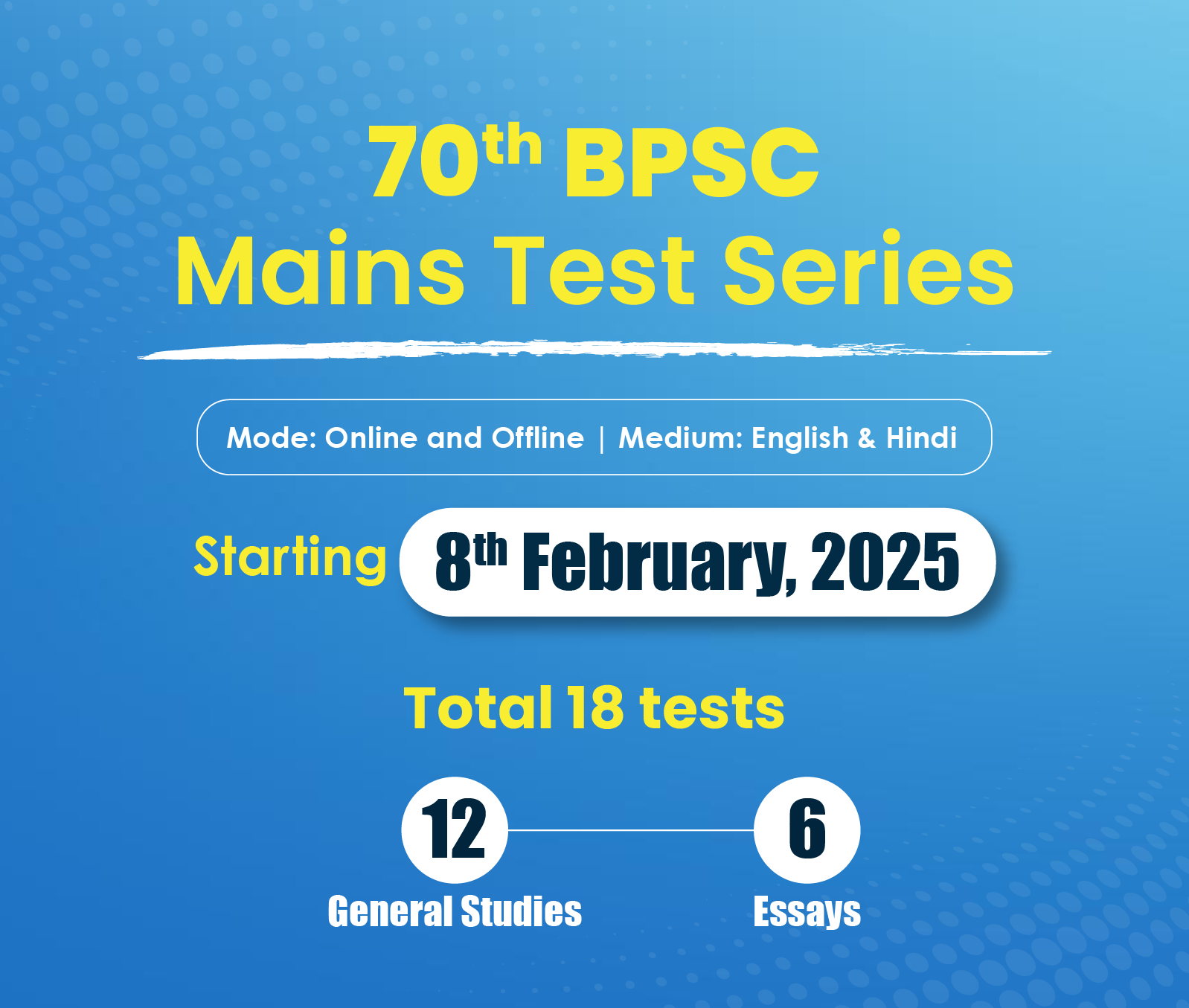Bihar Switch to Hindi
Sustainable Development in Bihar
Why in News?
According to the Tata-Cornell Institute for Agriculture and Nutrition (TCI) at Cornell University, Bihar can make significant progress towards sustainable development by implementing three transformative technologies in the agricultural sector.
Key Points
- In a policy brief it is emphasised that Bihar can reduce the Greenhouse Gas (GHG) emissions associated with rice and livestock production while maintaining or even improving productivity.
- The policy brief discusses a study carried out within TCI’s Zero-Hunger, Zero-Carbon Food Systems project, which seeks to develop a strategy to decrease agricultural emissions in Bihar while maintaining productivity levels.
- Agriculture accounts for 20% of India's GHG emissions nationally, with Bihar being one of the states significantly affected by malnutrition, especially among young children.
- According to TCI research, Bihar could reduce emissions by 9.4-11.2 metric tons each year by adopting alternate wetting and drying for paddy cultivation, advanced artificial insemination for cattle breeding, and anti-methanogenic feed supplements in its livestock sector.
- Research shows that alternate wetting and drying, advanced breeding techniques, and anti-methanogenic feeds can help Bihar to lower its agricultural emissions without damaging productivity.
- The policy presented a breakdown of emissions reductions for each of Bihar’s four agroclimatic zones. For alternate wetting and drying, Bihar’s southwest and northwest zones have the highest potential mitigation levels.
- Bihar’s Four Agroclimatic Zones: Zone-I, North Alluvial Plain, Zone-II, north East Alluvial Plain, Zone-III A South East Alluvial Plain and Zone-III B, South West Alluvial Plain
- The policy presented a breakdown of emissions reductions for each of Bihar’s four agroclimatic zones. For alternate wetting and drying, Bihar’s southwest and northwest zones have the highest potential mitigation levels.
Note
Indian Council of Agricultural Research (ICAR) has developed an anti-methanogenic feed supplement ‘Harit Dhara’ (HD), which can cut down cattle methane emissions by 17-20% and can also result in higher milk production.


Bihar Switch to Hindi
Special Category Status for Bihar
Why in News?
Bihar’s Chief Minister Nitish Kumar reiterated the state's longstanding demand for special category status from the Centre.
- This status would lead to an increase in the tax revenues that Bihar receives from the Centre.
Key Points
- One of the key concerns is Bihar's low per capita income, which is around ₹60,000, among the lowest in the country. Additionally, the State lags behind the national average in various human development indicators.
- Furthermore, Bihar's fiscal situation has been negatively impacted by factors such as the bifurcation of the State, leading to industries moving to Jharkhand, lack of adequate water resources for irrigation, and frequent natural disasters.
- Bihar's caste based survey of 2022 shows that nearly a third of the State’s people live under the poverty line.
- In 2023, the Bihar government estimated that the granting of the special category status will help the State receive an additional 2.5 lakh crore rupees over five years to spend on the welfare of 94 lakh crore poor families.
- Historically, States like Bihar and Uttar Pradesh suffered slow growth and high poverty levels due to poor rule of law that discouraged investments considered crucial to boosting growth.
- But now, as one of the fastest growing States in the country, despite originating from a lower starting point, Bihar has managed to increase its per capita income level and also the size of its overall economy at a brisk pace in recent years.
- In 2022-23, for instance, Bihar’s Gross Domestic Product (GDP) grew at 10.6% as against the national average of 7.2% while its per capita income level in real terms grew by 9.4% in 2023.
Special Category Status (SCS)
- About:
- SCS is a classification granted to some States by the Centre to assist development, based on geographical and socio-economic disadvantages.
- The scheme was introduced in 1969 on the recommendation of the Fifth Finance Commission.
- Factors considered for granting SCS to a State:
- Hilly and difficult terrain
- Low population density and/or sizeable share of tribal population
- Strategic location along international borders
- Economic and infrastructural backwardness
- Non-viable nature of State finances
- The 14th Finance Commission has done away with the 'special category status' for states, except for the Northeastern and three hill states.
- States with Special Status: Arunachal Pradesh, Assam, Himachal Pradesh, Jammu and Kashmir, Manipur, Meghalaya, Mizoram, Nagaland, Sikkim, Tripura, and Uttarakhand.










%20MPPCS%202025%20Desktop%20E.jpg)
%20MPPCS%202025%20Mobile%20E%20(1).jpg)










.png)
.png)











 PCS Parikshan
PCS Parikshan

